'Life After the Great War' depicted in three new museum exhibits
The War Is Over and “Anything Goes” is the theme of this year’s temporary shows at the Lennox and Addington County Museum. The museum invites you to enjoy three new exhibits that explore life after the Great War. The stories you read and the images you see will leave a smile on your face- as you imagine what life was like in the riotous decade that was the 1920s.
World War One has ended and life will never be the same. The lively generation after the Great War was all about finding a new beat to life. Our country had just survived the war to end all wars. After years of strife and death, the decade after the war was about maintaining happiness and finding new joys. The 1920s welcomed the rise of automation and industry, increase in jobs and employment standards, women’s rights and greater societal freedoms. New entertainments were found with the automobile, radio, cinemas, fashions, travel, and the rising concept of the “summer vacation”.
Rambunctious Renaissance – the 1920’s
Great War was finally over, and the generation that had given so much to the conflict was ready for a change. Radical new music made its way out from the big cities with radical new fashions to match and movies were not silent anymore. Everyone was ready to kick up their heels – the Roaring Twenties were here – and the world would never be the same. Found in our reception cases - enjoy artifacts from the museum collection that explores the excitement of the 1920s.
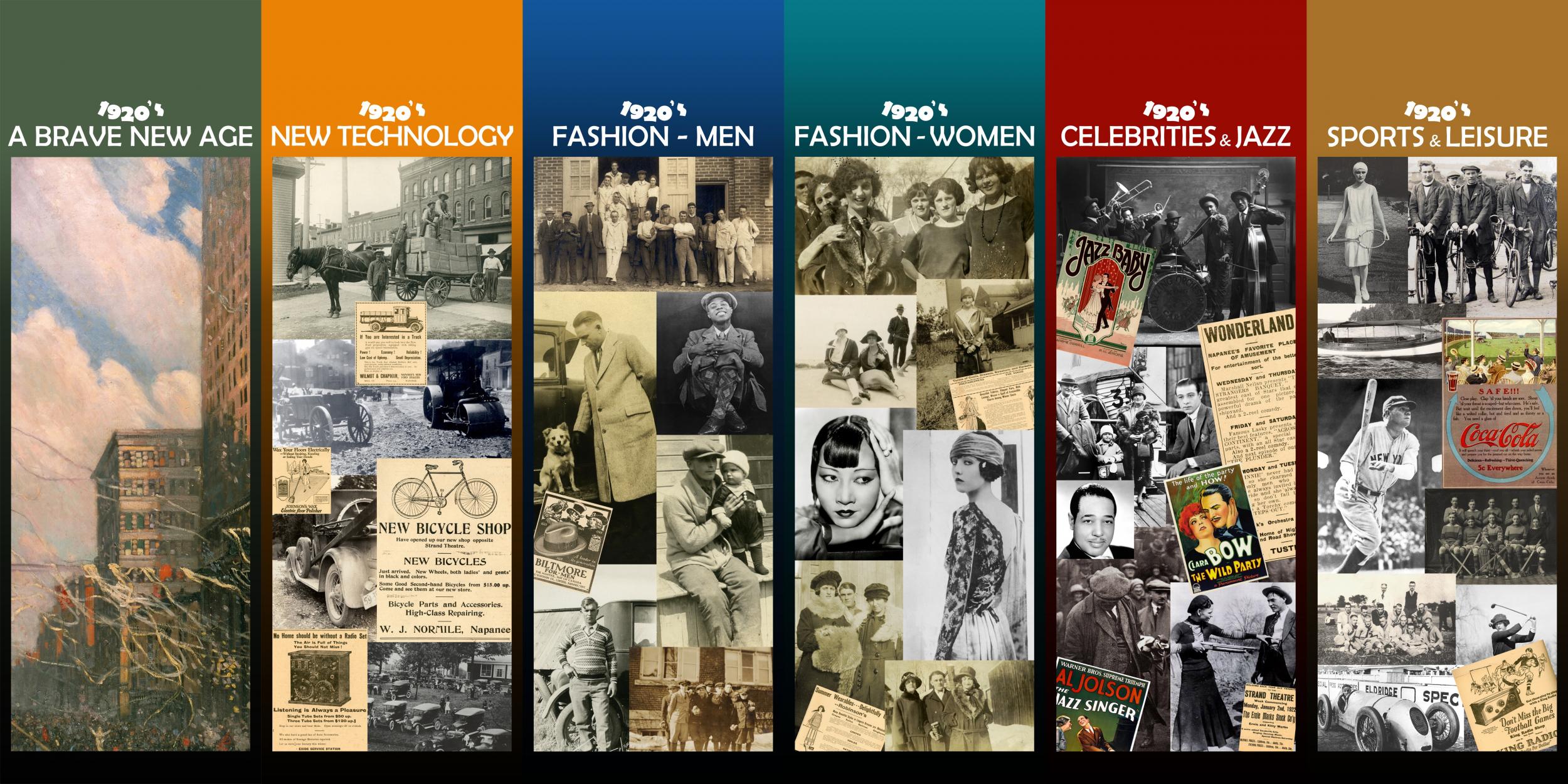
A Day’s Fun On The River
A colourful vignette of the Napanee River is featured in the central gallery, set against the backdrop of an OC Madden painting, the magic and sense of fun on the Napanee River will come alive as you see beachwear from the 1920s and 1930s and revel at the story of the “Red Devil”, the first motorboat that ferried our weekenders to the summer camps on the Long Reach and Bay of Quinte.
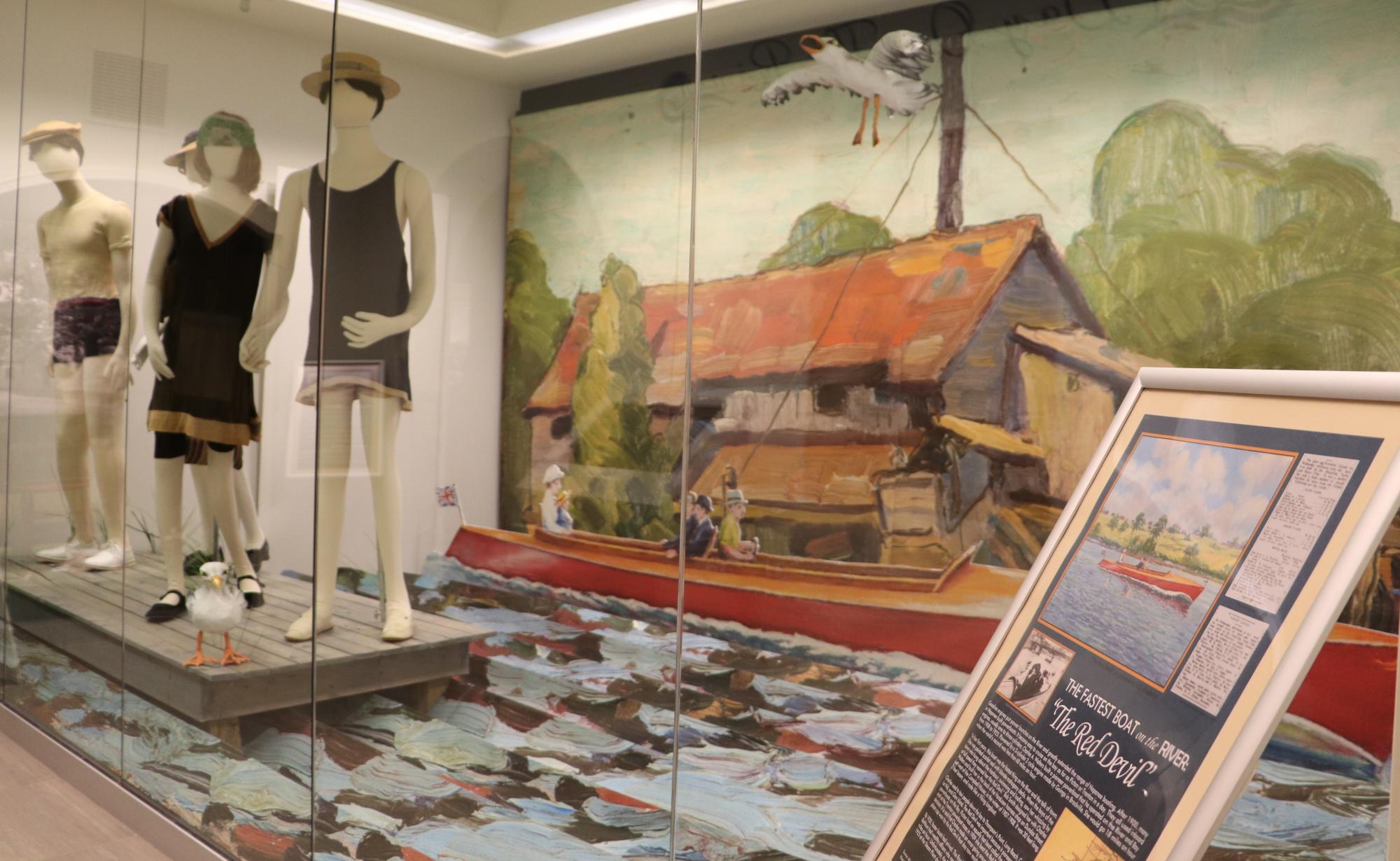
Camping On The Bay
At the Napanee docks, the “Red Devil” ferried W.S. Herrington, his family and colleagues to Camp LeNid. This photographic display, featured in the Archives Corridor, highlights leisure activities enjoyed at Camp LeNid from 1886 - 1947.
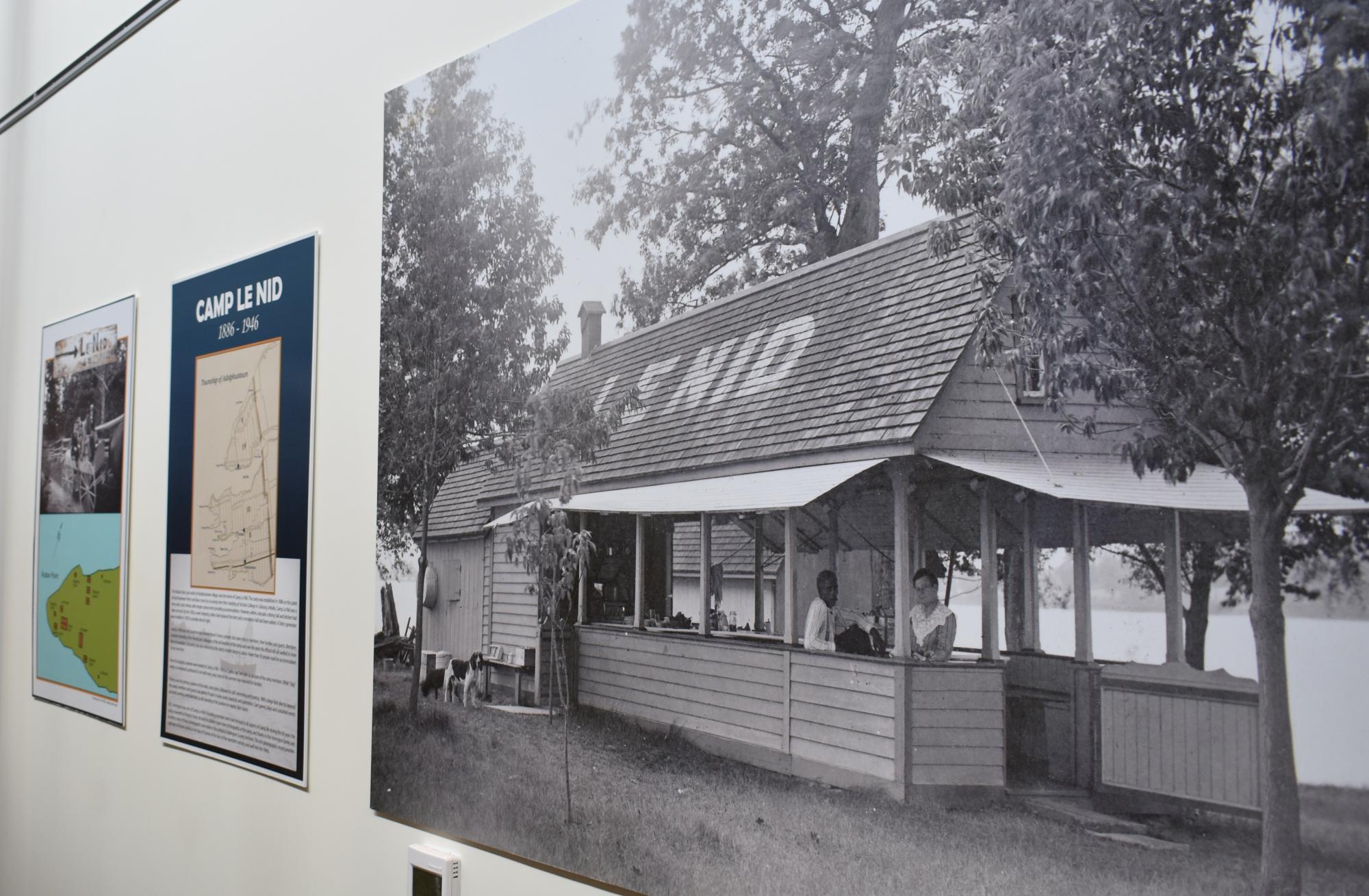
Standing Exhibits
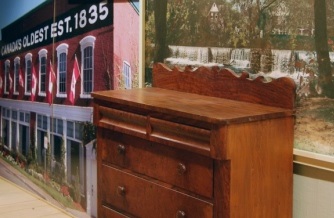 "Confederation Era Entrepreneurs"
"Confederation Era Entrepreneurs"
By the 1860’s, the population of the County had grown to allow Lennox and Addington to become independent and a new Court House and jail were built in the mill reserve. Napanee, at the head of the falls, became the County Town. John Stevenson, Napanee’s Reeve, was also the first County Warden. Confederation, the forging together of the provinces of British North America, passed almost unnoticed in the local press. The County’s First Warden became the first Speaker of the new Ontario Legislature. In the post Confederation era, Italianate styled houses began to dominate Napanee architecture. William Miller, an East Ward merchant, built a new Italianate styled house near the Court House. Proximity to the Court House and the railway station made East Street a desirable area.
Inside the houses were well furnished. In 1868 when young William T. Gibbard joined his father, John, in the business, elaborate carved sideboards became a defining product of Gibbard and Sons.
William Miller’s carved game sideboard and Renaissance Revival Gibbard bedroom suite are on display in the Gibbard gallery.
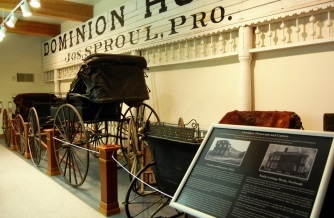 "The Horse and Buggy Age"
"The Horse and Buggy Age"
The years after Confederation to the Great War which erupted in 1914, were the decades when the “Horse and Buggy Age” was at its height. Each farm family possessed one or two light carriages of which the buggy was the most important, and the democrat, a rig with two or three benches, was almost as important. Although the blacksmith remained essential in rural communities, the small foundries and factories strung along the County’s rivers began to build versions of the most popular new inventions.
It was also a great wheat period and a time of hearty work in the fields. The pace of farming quickened with improvements in farm machinery. New foundries, mills and manufacturing plants were built taking advantage of water power sites along the Napanee River. D.B. Stickney’s Newburgh foundry built reapers and Joseph Connolly in Yarker produced a variety of ploughs. The Benjamin Wheel Manufacturing Company in Yarker produced rims and spokes for wagon and buggy wheels.
A Connolly democrat, a C.H. Finkle cutter and a Stickney reaper are featured in the Horse and Buggy Age.
